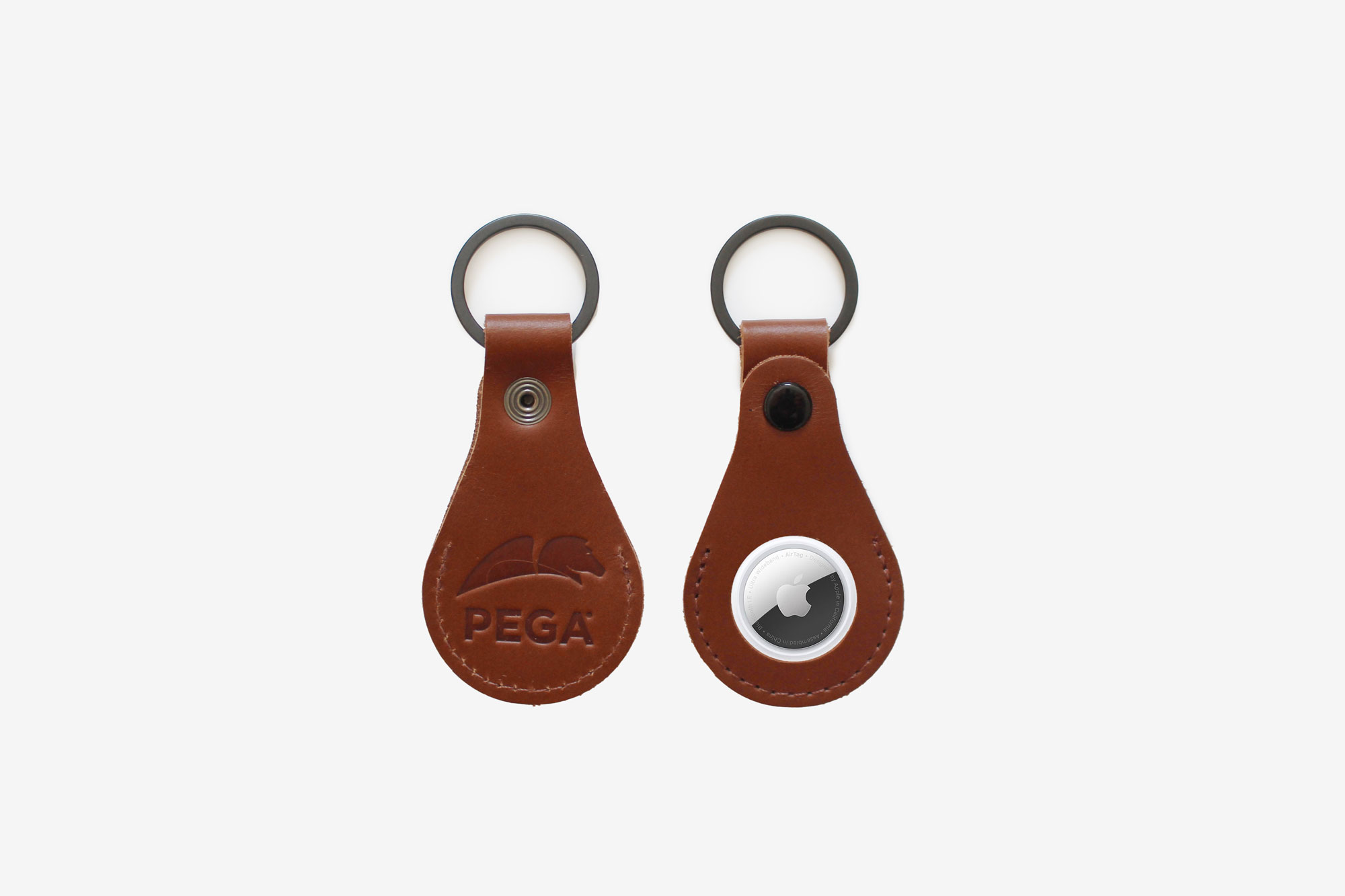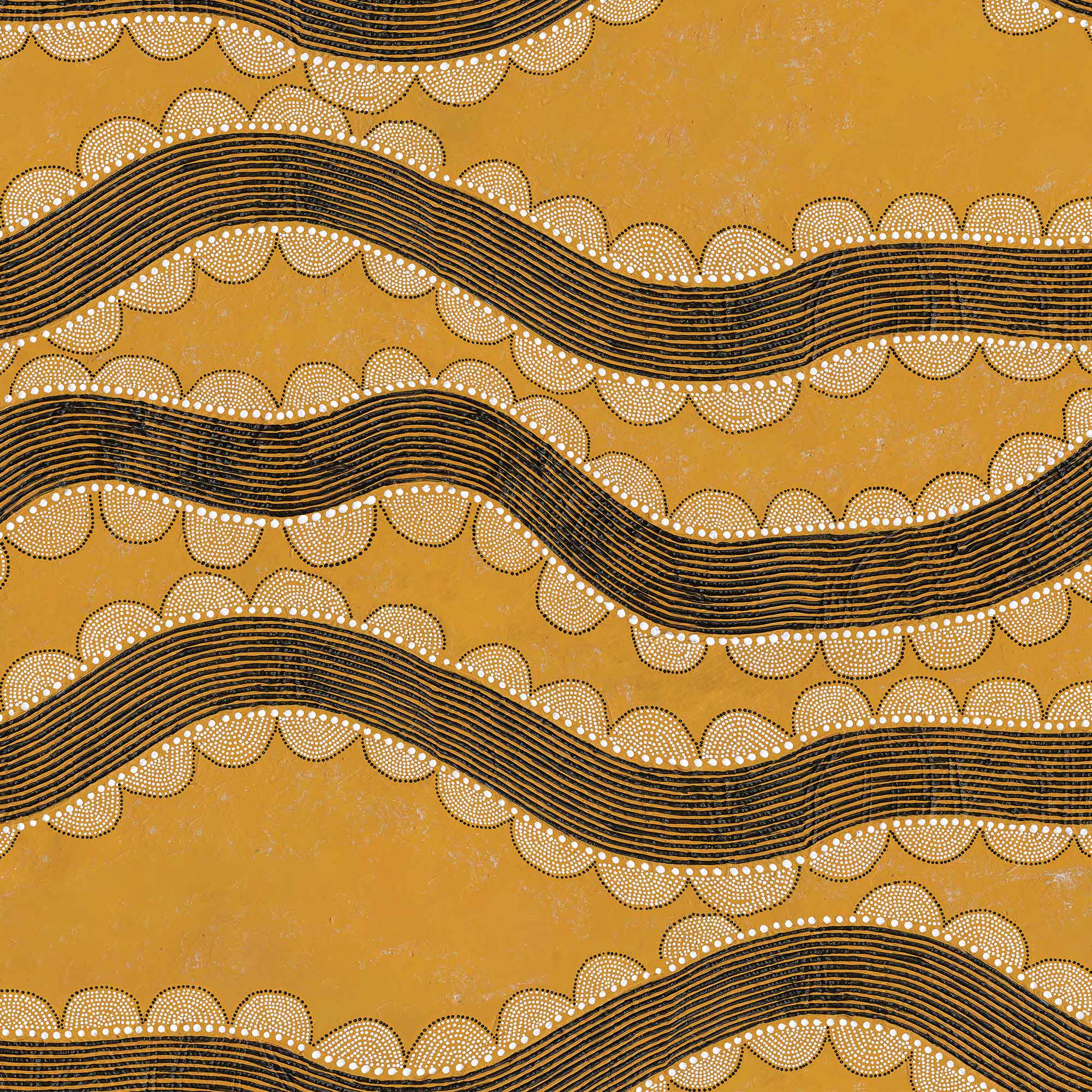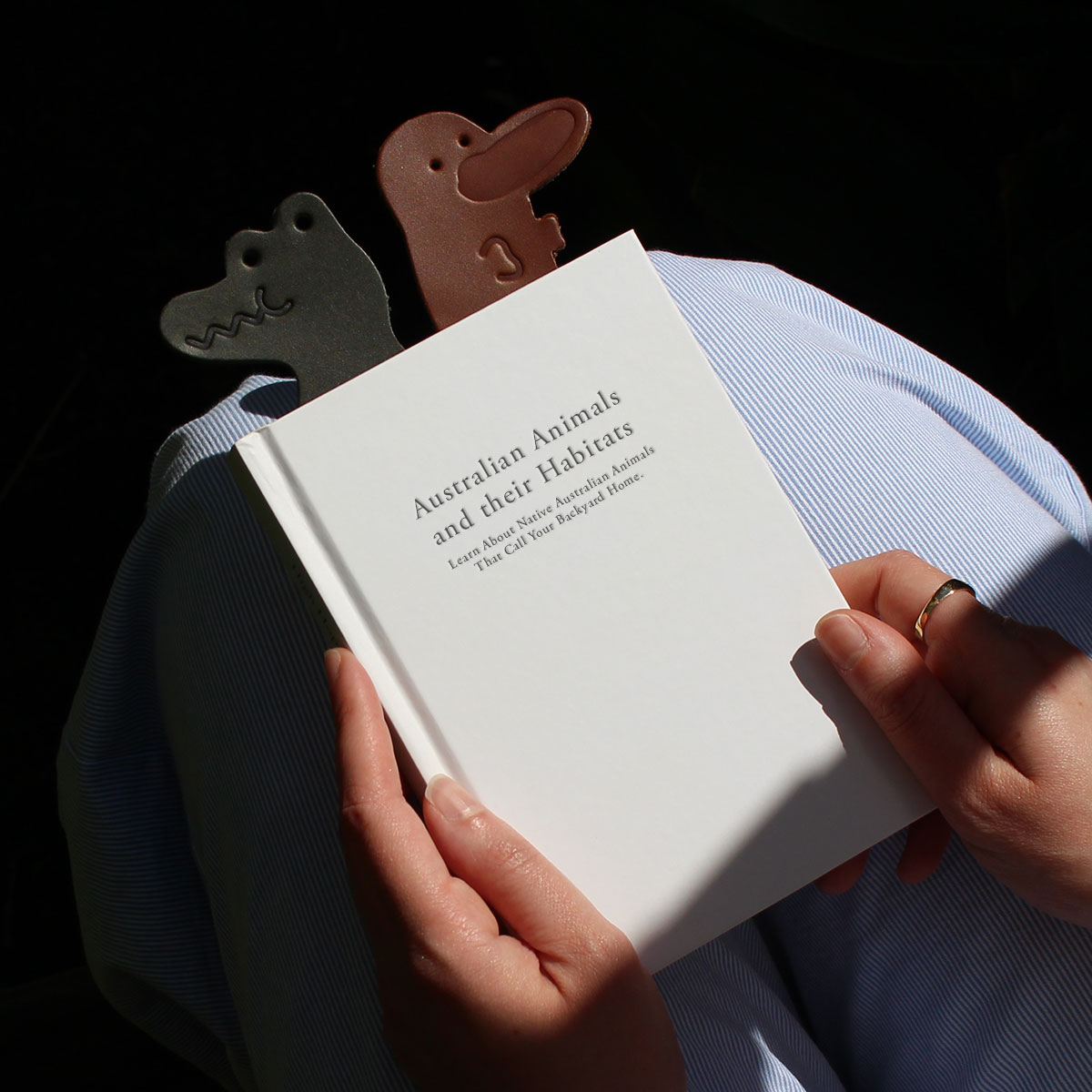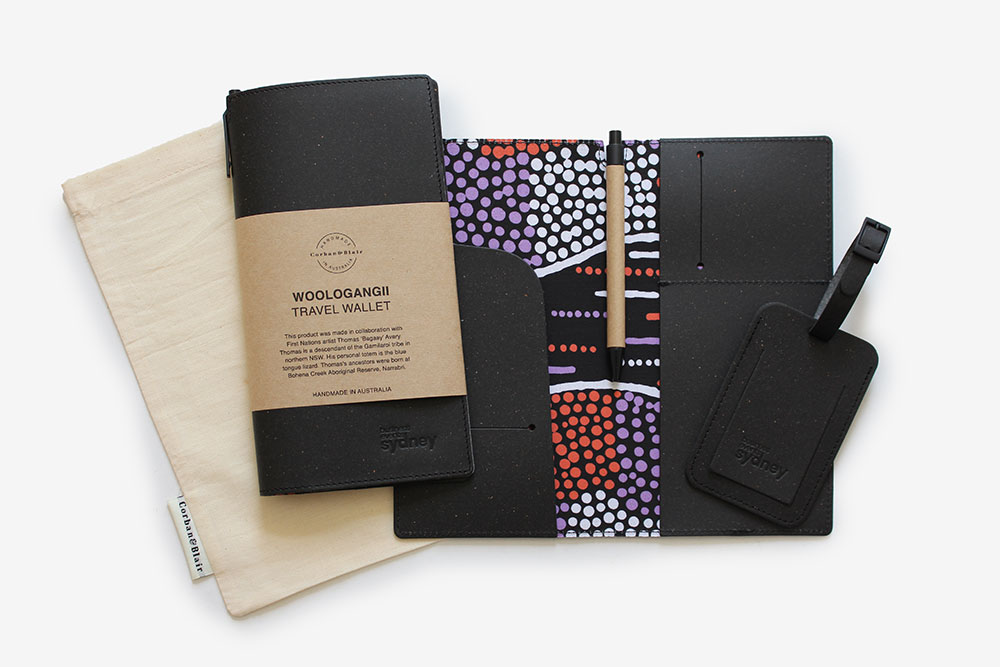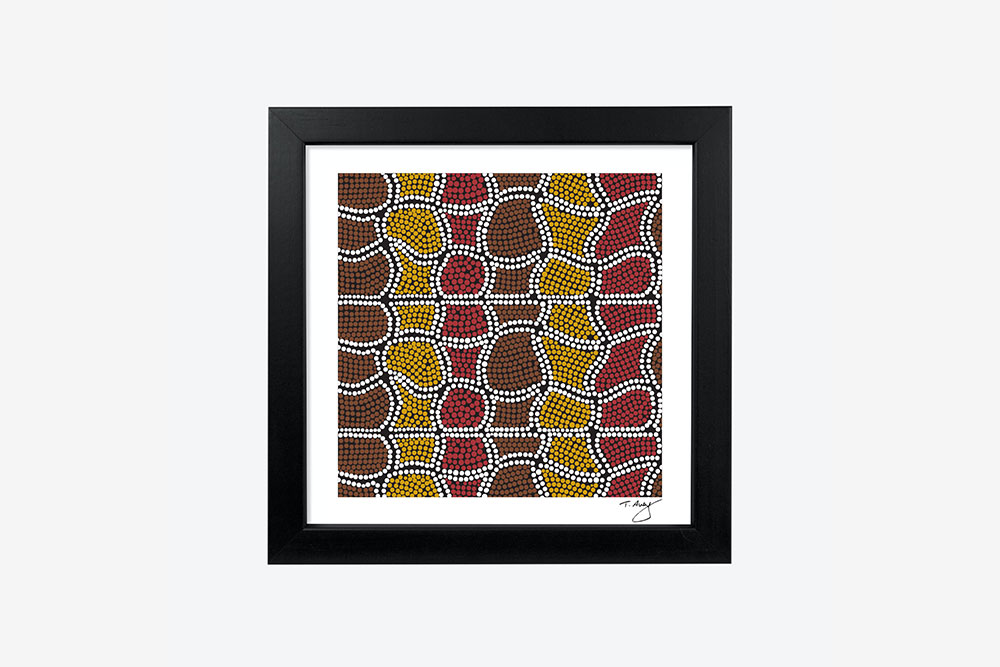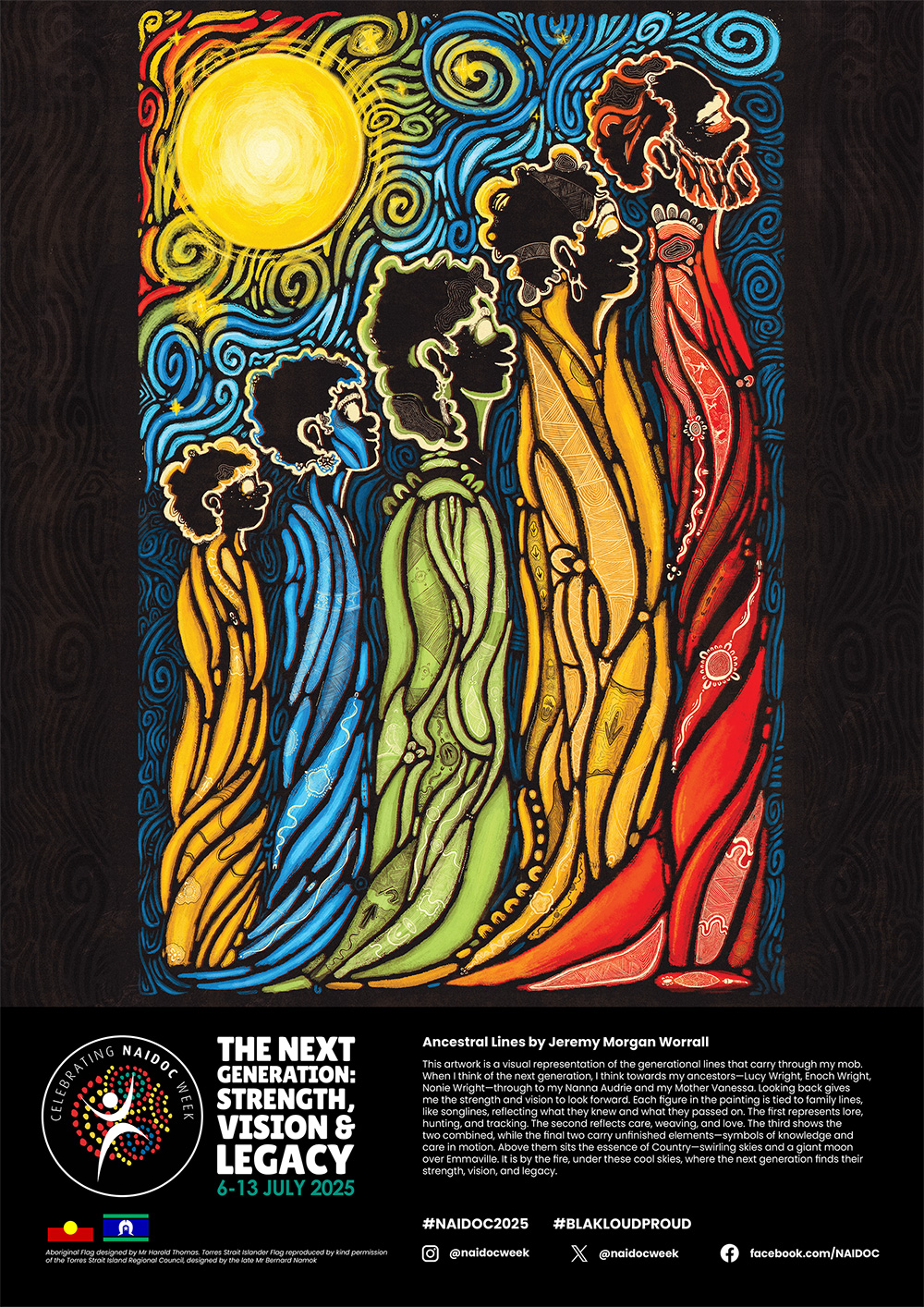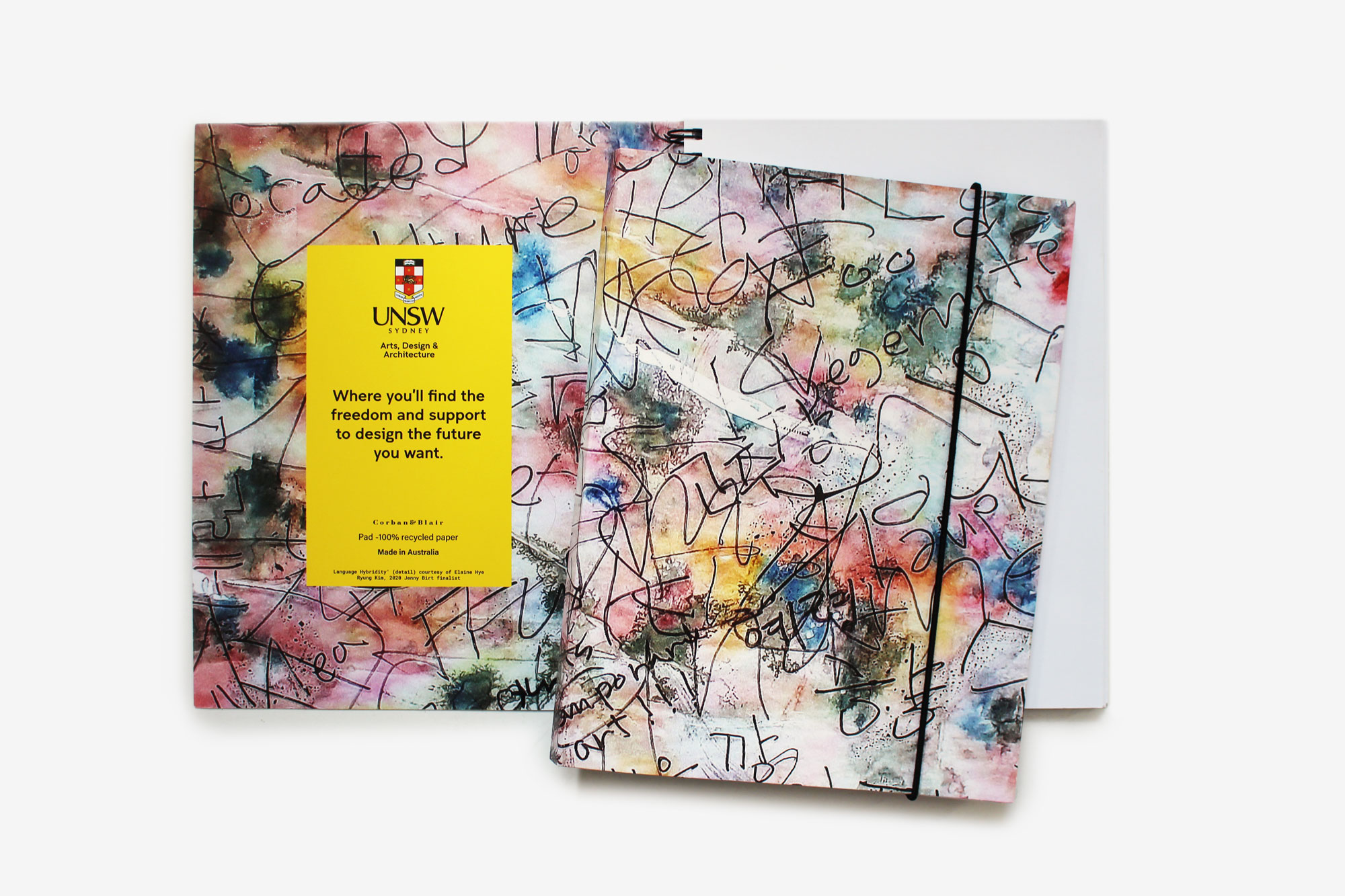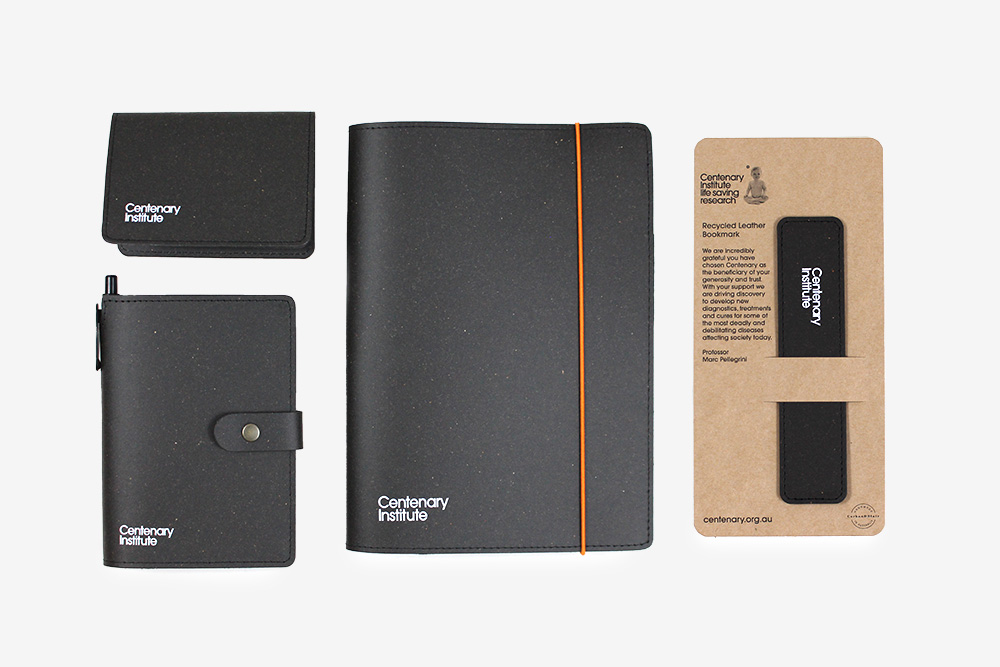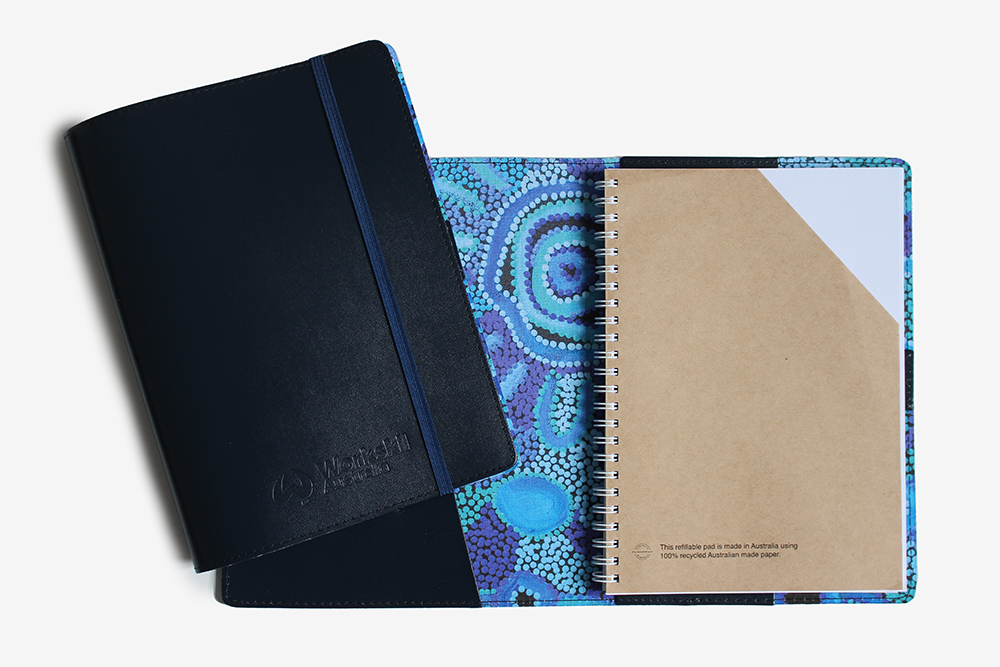
As sustainability becomes an increasing priority, recycled leather is emerging as an eco-friendly alternative to traditional leather production. By repurposing leather scraps and discarded materials, recycled leather offers numerous environmental and economic benefits. This blog explores how recycled leather contributes to a more sustainable future and why consumers and businesses should consider it as a responsible choice.
1. Reducing Waste and Landfill Impact
Recycled leather helps minimise waste by repurposing leather offcuts, defective products, and post-consumer waste that would otherwise end up in landfills. By extending the lifecycle of existing materials, this process reduces the volume of discarded leather and supports a circular economy.
2. Conserving Natural Resources
Traditional leather production requires extensive natural resources, including water, energy, and livestock farming. Recycling leather reduces the demand for new raw materials, conserving these valuable resources while decreasing the environmental footprint associated with leather processing.
3. Lowering Chemical Usage
Tanning and dyeing leather involves significant chemical treatments, which can lead to pollution and health risks. Recycled leather requires fewer chemicals during its processing, making it a safer and more environmentally friendly option. The reduced use of hazardous substances also benefits workers and surrounding communities.
4. Reducing Carbon Emissions
The livestock industry is a significant contributor to greenhouse gas emissions, particularly methane. By decreasing the need for new animal hides, recycled leather helps reduce the carbon footprint associated with cattle farming and leather production. Additionally, reprocessing leather consumes less energy compared to producing fresh leather from raw hides.
5. Maintaining Quality and Durability
Recycled leather retains the durability and aesthetic appeal of traditional leather while being more sustainable. Advanced processing techniques allow manufacturers to create high-quality recycled leather products that maintain the same luxurious feel and long lifespan as conventional leather goods.
6. Encouraging Sustainable Fashion and Design
With growing awareness of environmental issues, the fashion and furniture industries are increasingly embracing recycled leather. Many brands are now incorporating it into their designs to offer stylish, eco-conscious products that appeal to sustainable-minded consumers.
7. Cost-Effectiveness for Businesses and Consumers
Recycled leather is often more affordable than virgin leather while maintaining high standards of quality. This cost efficiency makes it an attractive choice for businesses seeking sustainable materials and consumers looking for ethical and budget-friendly alternatives.
Final Thoughts
Recycled leather presents a compelling solution for reducing environmental impact while maintaining the beauty and durability of traditional leather. By choosing recycled leather products, individuals and businesses can contribute to sustainability efforts, reduce waste, and promote responsible resource use. As innovation continues, recycled leather will play a crucial role in shaping a greener and more sustainable future.

